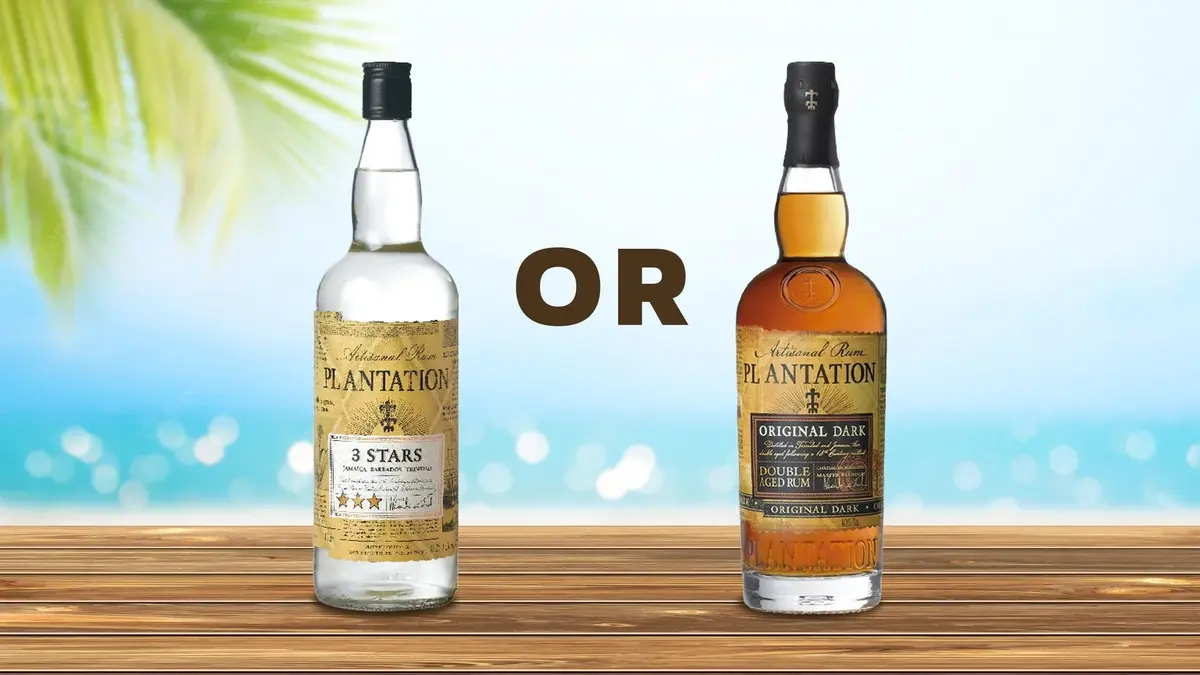
Rum, with its rich heritage dating back to the 1600s in the West Indies, has grown into a globally loved spirit. From sun-drenched beach cocktails to refined, sippable pours, rum’s versatility is unmatched. Yet, one common question remains: What’s the difference between white rum and dark rum?
While both are made from sugarcane or molasses, the journey they take after distillation defines not only their appearance but also their flavor, character, and use in cocktails. Here’s a deeper look into these two distinctive styles—and why choosing the right one matters.
White Rum: Clean, Crisp, and Cocktail-Friendly
White rum, often referred to as silver or light rum, is the more delicate and neutral sibling in the rum family. Clear and typically aged for a short period—usually 1 to 2 years—white rum is filtered after aging to remove color and any heavier flavors.
White rum is light-bodied, with subtle notes of vanilla, coconut, citrus, or fresh sugarcane. Its smooth and clean taste makes it the perfect choice for refreshing and fruit-forward cocktails where the mixer needs to shine.
White rum forms the base for many tropical classics such as:
- Mojito
- Daiquiri
- Piña Colada
- Cuban Libre
Dark Rum: Aged, Bold, and Rich in Character
Dark rum is known for its deeper color and more robust flavor. It owes both to a longer aging process, often in charred oak barrels, which imparts rich, complex characteristics to the spirit. Some dark rums may also have molasses or caramel added after distillation to enhance depth.
Expect warm, full-bodied notes like molasses, burnt sugar, toffee, vanilla, and spices. Dark rum is often described as smoky or woody due to its interaction with charred barrels over several years.
Dark rum is favored in bold, layered cocktails such as:
- Rum and Coke (for extra depth)
- Mai Tai
- Hurricane
- Served neat or on the rocks
The Core Differences at a Glance
| Feature | White Rum | Dark Rum |
|---|---|---|
| Color | Clear | Amber to dark brown |
| Aging | Short (1–2 years), stainless steel | Long (often several years), oak barrels |
| Filtration | Filtered to remove color | Often unfiltered; may include caramel |
| Flavor | Light, sweet, subtle | Bold, rich, spicy, smoky |
| Common Uses | Light tropical cocktails | Heavier, deeper cocktails or sipping |
Interesting Read
Final Thoughts: Which One Should You Choose?
There’s no definitive winner between white rum and dark rum. It all depends on your mood, the occasion, and the style of cocktail you want to create.
- If you’re crafting light, crisp cocktails or want the mixers to shine, white rum is the right choice.
- If you’re looking for a more complex, warming drink with depth and personality, dark rum is the way to go.
Both deserve a place on your bar shelf. Understanding their unique qualities allows you to elevate your drink—whether you’re making a punch for a crowd or pouring something slow and smooth for yourself.
Choosing the right rum isn’t just about the color—it’s about the experience you want in your glass.












